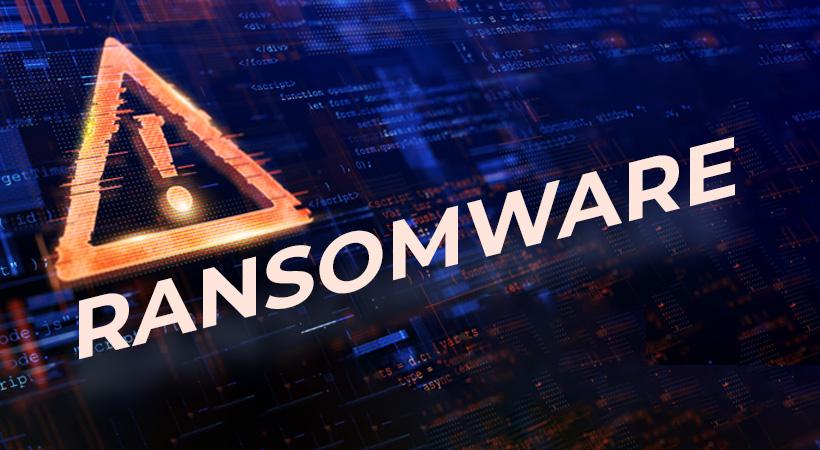Ransomware victims have enough problems on their plate when they discover that cybercriminals have corrupted their computer. They also have to decide whether the risk and reward of dealing with hackers necessitates a payment. We, of course, never advise making a ransom payment, but in most cases, the victims immediately know the payment amount the hackers are demanding because it is disclosed in the ransom note.
On the other hand, that is not the case with Hauhitec Ransomware. Although the Hauitec Ransomware ransom note clearly states that the hackers want a ransom, the exact sum is not mentioned in the note. The ransom amount, whatever it may be, must be transferred using the Bitcoin cryptocurrency.
Victims are also warned against seeking the assistance of data recovery companies, as it may lead to an increase in the demanded ransom. To receive further details on how much and how to pay, victims are advised to contact the hackers at ‘yourdataok@tutanota.com.’
Hauhitec malware employs a strong encryption algorithm to lock most of the files stored on the breached devices like other ransomware. Documents, PDFs, archives, databases, and more are encrypted and rendered inaccessible. The ransomware is identified by the telltale ‘.hauhitec’ extension it appends to the original filenames.
Dealing with a Hauitec Ransomware Infection
If Hauhitec Ransomware infects your computer, you should scan for and remove associated elements using a reputable anti-malware tool. Additionally, to mitigate damages in the event of a future ransomware attack, you should keep offline copies of your valuable data in a backup drive or use a cloud backup service.





